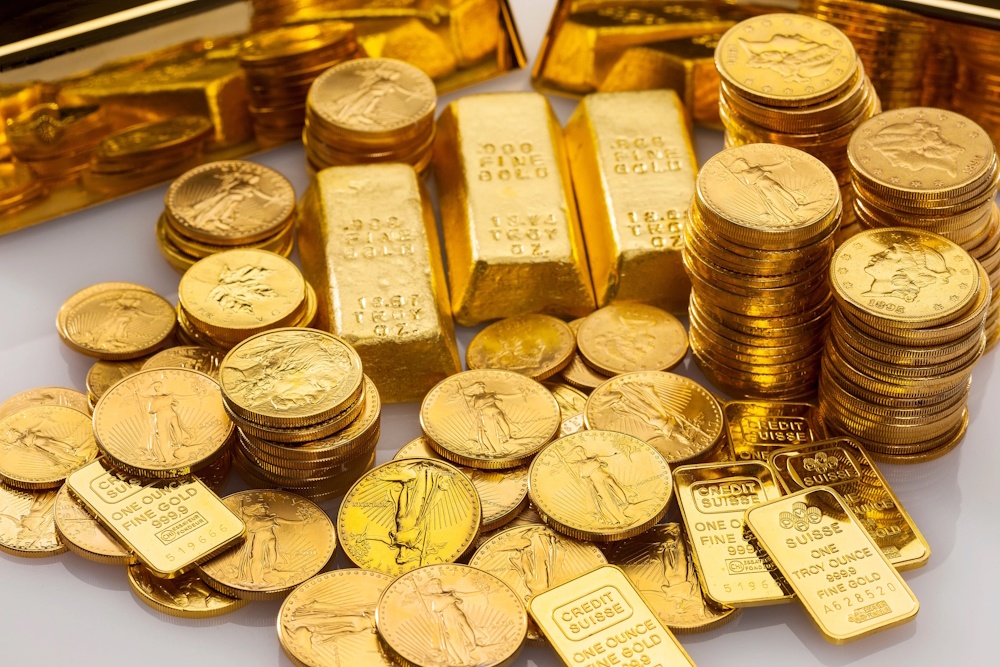
Gold has never held appeal for Warren Buffett. However, the Oracle of Omaha may experience a sense of remorse when evaluating bullion charts from the last few years. Frequently grouped with assets deemed ‘non-productive’ by the world’s leading investor, gold has unexpectedly emerged as the most lucrative asset since late 2023. This surge can be attributed to central bankers competing with money managers at premier exchange-traded funds to acquire the yellow metal at unprecedented prices.
Over the past twelve months, gold has experienced a remarkable increase of nearly 37%, approaching Friday’s new all-time high of $3,100 per troy ounce. It is highly unusual for any asset, even the most sought-after stocks, to achieve consecutive lifetime highs every third trading session. In 2025, gold has accomplished a remarkable milestone, following a robust increase of over 30% in the previous year, driven by ongoing purchases from central banks and capital-protection funds seeking to invest in the yellow metal.
As swiftly erected tariff barriers among the world’s largest trading blocs hinder global economic growth, gold is anticipated to continue its substantial rally, having experienced a doubling in value over approximately 30 months. The enduring institutional demand for gold, often viewed solely as a passive inflation hedge, is likely to reinforce its long-established reputation as the most secure store of value during periods of significant turmoil.
Year-to-date net acquisitions by exchange-traded funds have increased by an amount comparable to 128 tons. Worldwide, the ownership of gold through ETFs is experiencing significant growth, reflecting a shift from the pre-Covid era’s prudence, reaching approximately 2,710 tons by March. Over the past 15 years, central banks have consistently acted as net buyers, contributing an additional 3,175 tons to their reserves in the last three years alone. Central banks are acquiring assets at the expense of competing US dollar investments. Following the nearly 30% increase in value in 2024, the RBI acquired approximately …
The trend is expected to persist in FY26, as the underlying factors contributing to gold’s sustained volatility and significant growth challenges resulting from disruptions in global trade remain unresolved. Given that these factors remain salient, it is improbable that the largest gold purchasers will seek alternative asset classes in the upcoming fiscal year commencing April 1.
The World Gold Council (WGC) indicated that central bank purchasing is influenced by policy decisions, making it challenging to predict. However, their surveys and analysis imply that the prevailing trend is likely to continue. We believe that demand surpassing 500 tonnes, which aligns with the approximate long-term trend, is likely to yield a net positive impact on performance. We anticipate that central bank demand in 2025 will exceed that level.
No central banker, as the adage suggests, has ever faced termination for acquiring gold. Data from the WGC indicates that acquisitions by central banks and investors have effectively counterbalanced a significant slowdown in consumer demand projected for 2024. The interplay of growth dynamics, tariffs, trade challenges, and interest rates is likely to bolster gold demand and, as a result, prices through 2025.
“Overall, this may encourage investors to seek hedges, such as gold, to mitigate risk,” stated the WGC’s forecast for the metal. Gold has indeed provided substantial returns throughout this millennium; however, it has historically signaled severe crises in the global economy over the last fifty years. Moreover, in nominal absolute terms, it required almost thirty years for the metal to surpass the price peak established during the 1980 oil crisis, a period when the subprime crisis significantly impacted the global economy.
